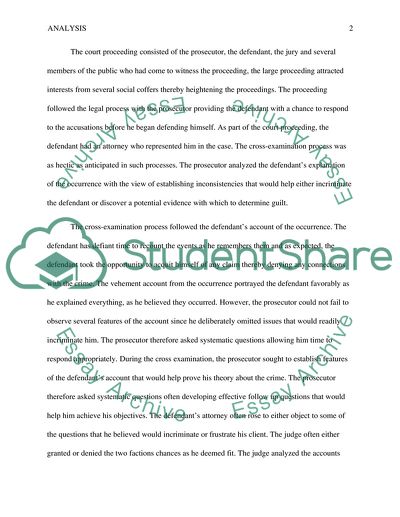Cite this document
(“Analysis Essay Example | Topics and Well Written Essays - 1250 words”, n.d.)
Retrieved from https://studentshare.org/law/1639481-analysis
Retrieved from https://studentshare.org/law/1639481-analysis
(Analysis Essay Example | Topics and Well Written Essays - 1250 Words)
https://studentshare.org/law/1639481-analysis.
https://studentshare.org/law/1639481-analysis.
“Analysis Essay Example | Topics and Well Written Essays - 1250 Words”, n.d. https://studentshare.org/law/1639481-analysis.


